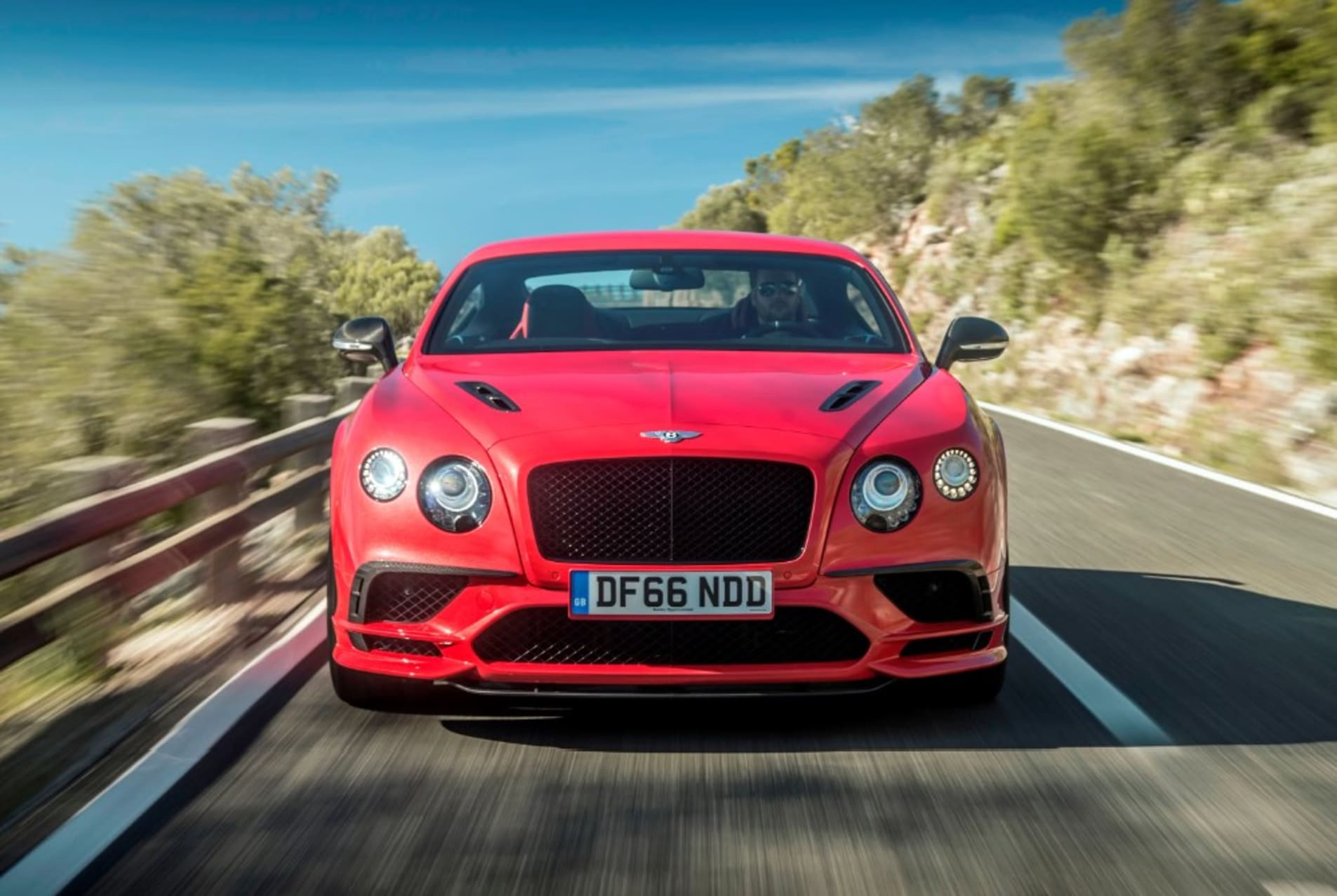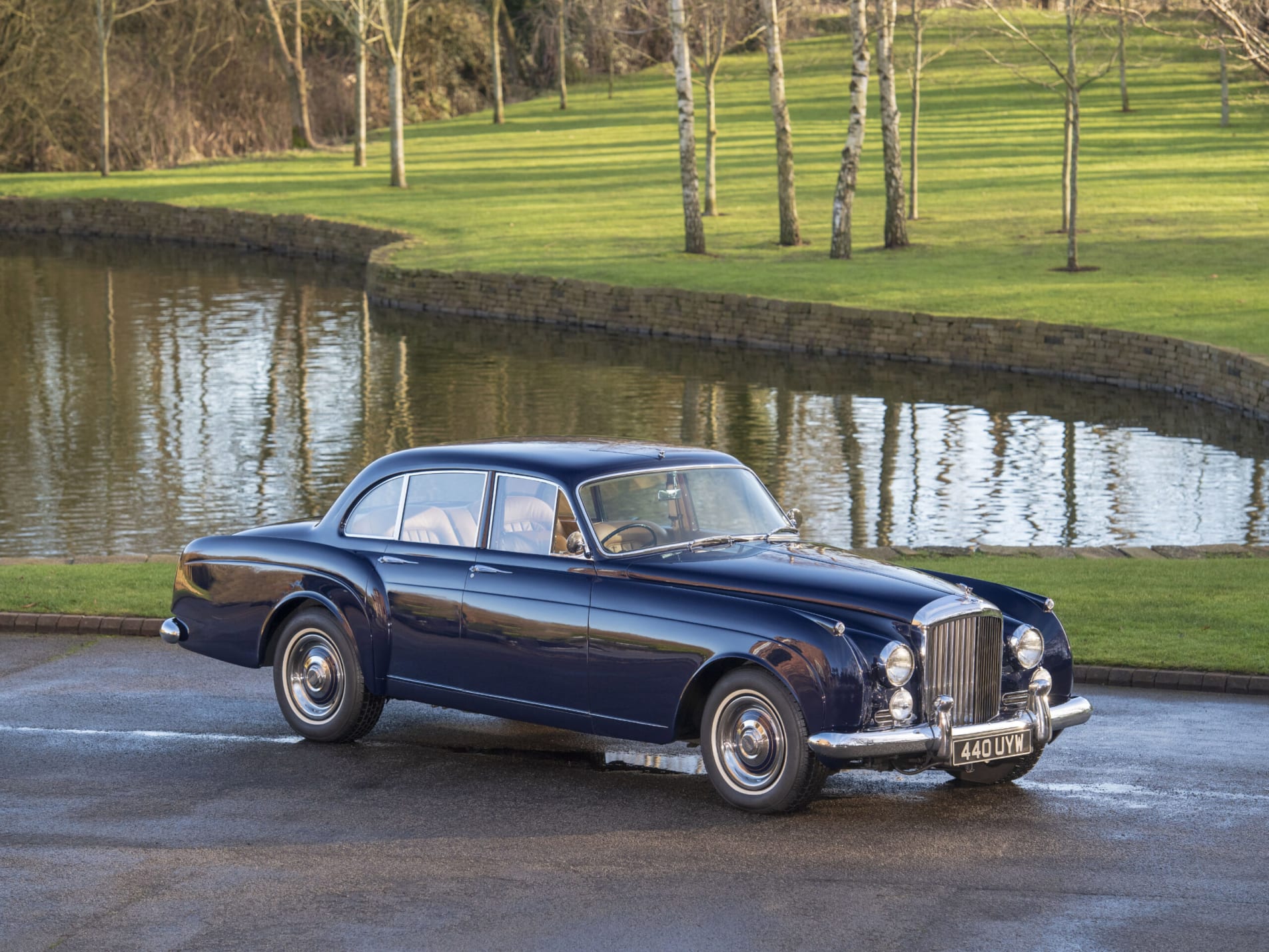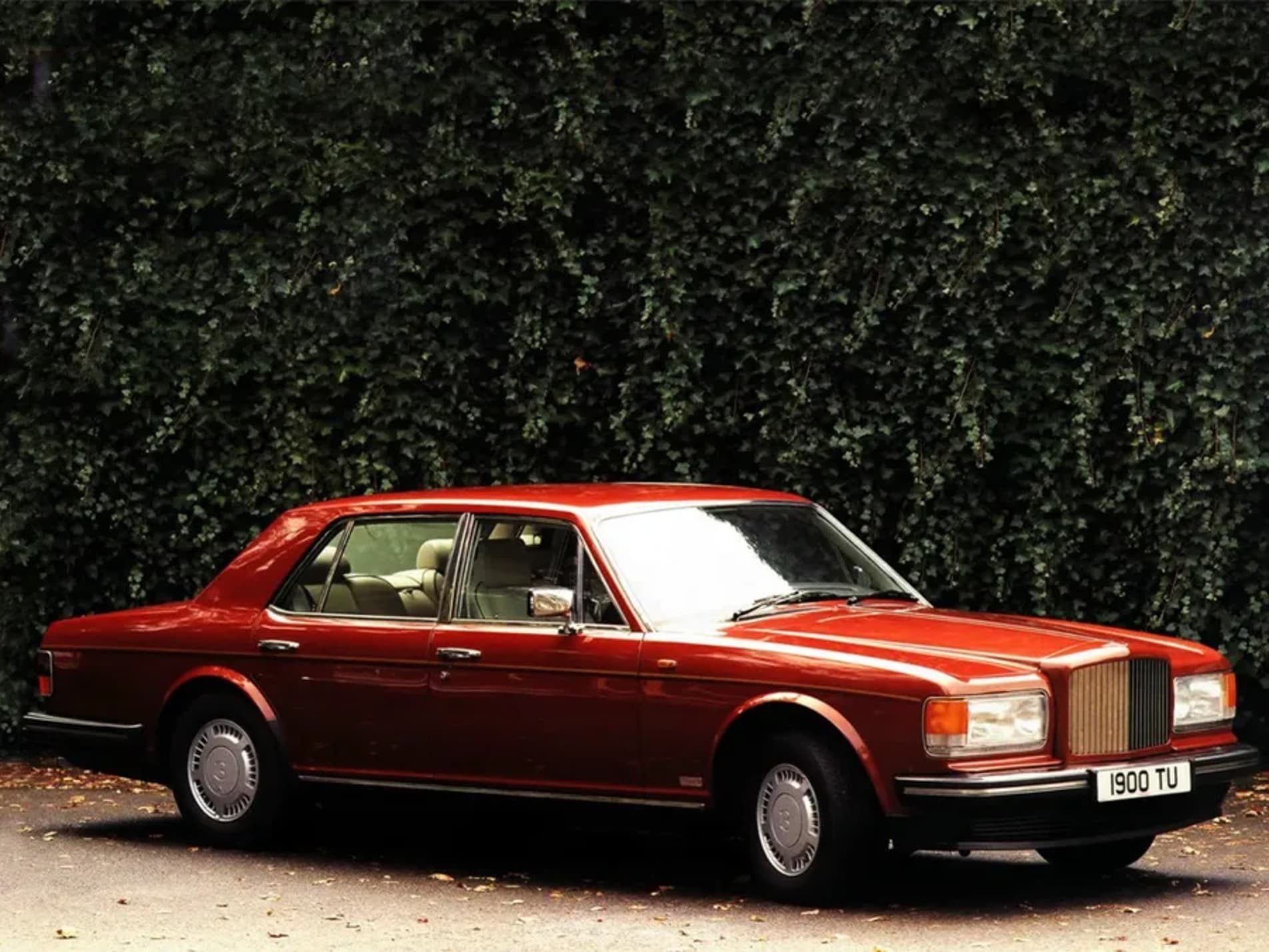BENTLEY Azure 2007
160 000 €

Ready to experience the world of Bentley? From the timeless luxury of the Continental GT to the refined elegance of the Bentayga, CarJager is here to guide you. Discover Bentleys carefully selected by our Car Specialists.
160 000 €
98 000 €
42 000 €
72 000 €
99 000 €
49 900 €
26 000 €
54 000 €
35 000 €
Bidding is about experiencing the thrill of acquiring a rare piece.
Dive into our exclusive selection of Bentley at auction and find the rare gem that will make your heart race.
Our intuitive interface guides you to the Bentley of your dreams, from classic to the latest sports models. Place your bid now and join the circle of Bentley enthusiasts.

The First Bentleys: A Passion for Performance
In 1919, in London, engineer Walter Owen Bentley—known to all simply as W.O.—founded the company that would bear his name. In the wake of the First World War, the automobile was on the cusp of rapid development across Europe. While car ownership was beginning to spread, thanks to brands like Austin and Morris in Britain, Bentley’s ambitions were aimed squarely at the elite.
From the outset, the first Bentleys were high-performance, sophisticated machines designed for racing. Bentley pioneered the development of its own engines, featuring four-valve-per-cylinder heads—an extraordinary innovation over a century ago! The efforts of the small team led by W.O. quickly paid off: between 1924 and 1930, Bentley won the 24 Hours of Le Mans five times—the most prestigious race in the world.
Unfortunately, while W.O. was a brilliant engineer, he lacked the business acumen needed to secure the company’s finances. As early as 1927, control of the firm passed to gentleman driver Woolf Barnato, who cemented his place in Bentley legend by famously beating the “Blue Train” in a race across France, driving a Bentley Speed Six uniquely bodied by Gurney-Nutting. Sadly, the 1929 crash spelled the end of Bentley’s independence, and after financial collapse, the marque was acquired by Rolls-Royce in 1931.

Bentleys in the Rolls-Royce Era
In the eight years between Bentley’s acquisition by Rolls-Royce and the onset of World War II, major changes reshaped the brand. Bentley’s London workshops were shuttered, and production was relocated to Rolls-Royce’s factory in Derby. Bentley’s original engines were phased out in favor of Rolls-Royce powerplants, and the two brands began sharing standardized chassis. By the time production resumed after the war, the integration was complete: under a fully assumed badge-engineering strategy, the Bentley Mark VI and the Rolls-Royce Silver Dawn emerged as near-identical twins—a trend that continued with successive models (Silver Cloud and Bentley S-Type, then Silver Shadow and Bentley T).
Only the highly exclusive Bentley Continentals, introduced in 1952, managed to escape this identity blending—standing apart from the Rolls-Royce lineup for an entire decade. It wasn’t until the mid-1980s that Bentley began to rediscover its sporting roots with the launch of the Turbo R, which offered significantly more power than the Rolls-Royce Silver Spirit and featured upgraded suspension for improved handling.
The Turbo R became the first Bentley in decades that was genuinely rewarding to drive. It laid the foundation for the 1991 Continental R coupé, a grand tourer whose power output steadily increased—reaching 426 hp in its final versions, sold up to 2002. Still, despite these efforts, the Rolls-Royce–Bentley group struggled with limited production volumes and insufficient financial strength, leaving it unable to compete with German automakers on equal footing in terms of profitability and innovation.

With Volkswagen, a New Dimension for Bentley
Owned by the aerospace group Vickers since 1980, the company was sold eighteen years later in an unexpected transaction that pitted two German automotive giants against each other: while Volkswagen won the bid by acquiring the Bentley name and factory, its rival BMW asserted its exclusive rights to the Rolls-Royce name, resulting—against all odds—in the separation of the two brands, 67 years after their merger.
BMW then built a brand-new plant in Goodwood, while VW committed to modernizing the Crewe facilities, where Bentley and Rolls-Royce cars had been produced since 1946. Bentley subsequently expanded its lineup downward with the launch, in 2003, of the Continental GT, developed on a platform shared with the Volkswagen Phaeton, and also powered by the fabulous W12 engine.
The new Continental enabled Bentley to reach a new customer base, and production volumes rose significantly, from two thousand to over eight thousand cars per year. Since then, the Bentley lineup has expanded to include the Flying Spur sedan and the Bentayga SUV; benefiting from the Volkswagen Group’s technical and industrial synergies, the British marque is now firmly preparing to embrace electrification!




Discover our personalized search service and access our network of 32,000 enthusiasts. Start your search now, your next Bentley adventure begins here.

Discover all our services dedicated to selling cars with Carjager.